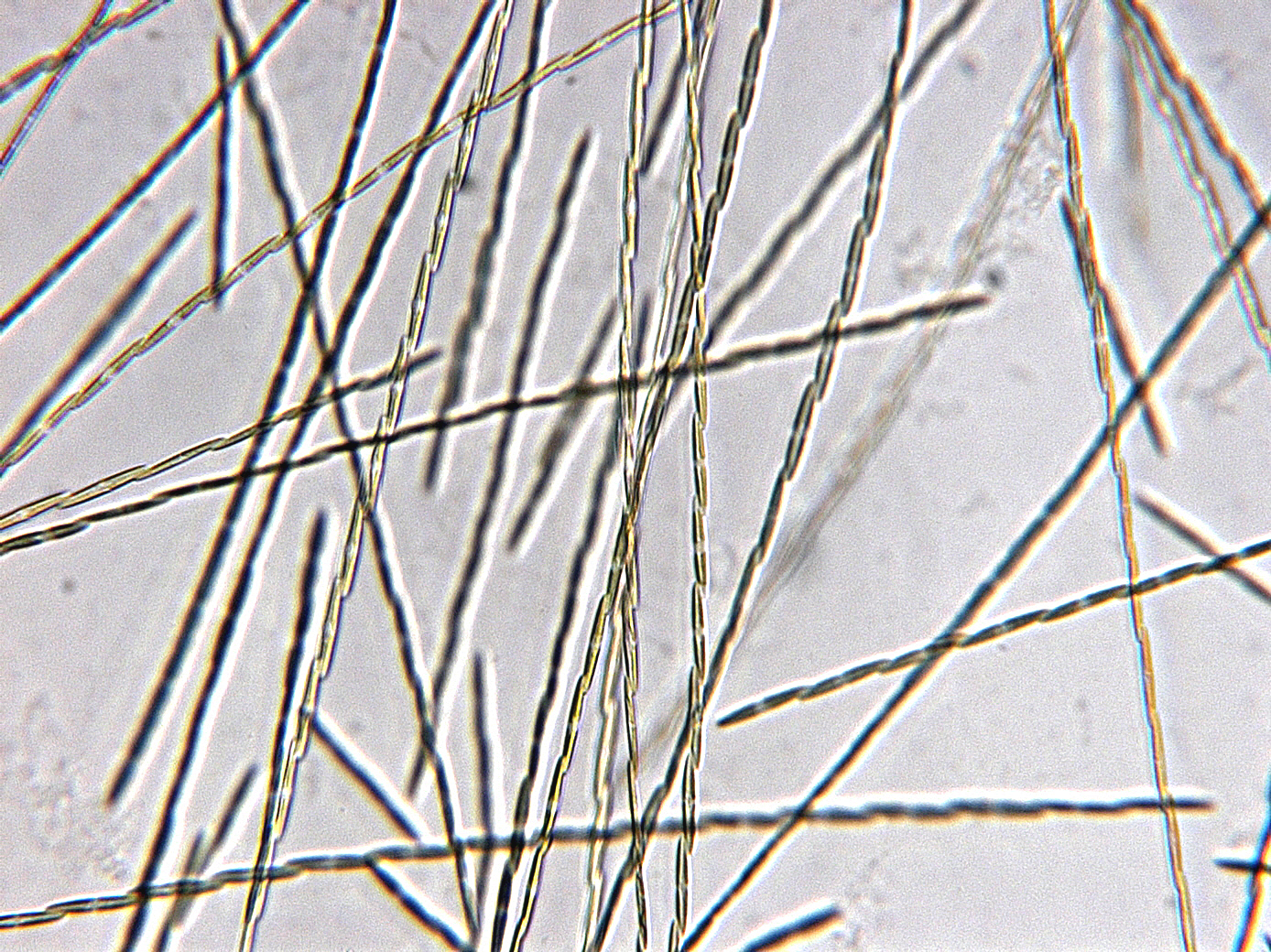Amnesic Shellfish Poisoning
Causative organisms: Pseudo-nitzschia spp.
Toxin produced: Domoic Acid
Amnesic Shellfish Poisoning (ASP), also called domoic-acid poisoning,can be a life-threatening syndrome that is characterized by both gastrointestinal and neurological disorders. Gastroenteritis usually develops within 24 hours of the consumption of toxic shellfish; symptoms include nausea, vomiting, abdominal cramps, and diarrhea. In severe cases, neurological symptoms also appear, usually within 48 hours of toxic shellfish consumption. These symptoms include dizziness, headache, seizures, disorientation, short-term memory loss, respiratory difficulty, and coma. In 1987, four victims died after consuming toxic mussels from Prince Edward Island, Canada. After that incident, Canadian authorities began monitoring the water column for the presence of the causative diatom and shellfish for the presence of the toxin, domoic acid. Shellfish beds are closed to harvesting when the domoic acid concentration reaches 20 µg/g shellfish meat. However, since fish and crab viscera can also contain domoic acid, the risk to human consumers and animals in the marine food chain is more significant than previously believed.
The first confirmed incidence of domoic-acid poisoning was confirmed on the U.S. west coast in spring 1991, when sea lions and sea birds were sickened after eating toxin-laden anchovies. Later that year, domoic acid was also measured in razor clams collected on Washington State beaches. Since then, the death or stranding of other marine animals, including whales, has been suspected or confirmed to be due to domoic acid poisoning. The sinking of decaying blooms into the benthic region and transfer of toxin to vector organisms such as sand crab is another way that animals such as sea otters can become sickened or die due to domoic acid poisoning. Animals poisoned by domoic acid include seabirds and marine mammals, including sea lions, sea otters, whales.
Domoic-acid producing Pseudo-nitzschia species and their vectors
| Harmful Algal Species associated with shellfish closures or poisoning events | Geographic Area | Vector Organism |
|---|---|---|
| Pseudo-nitzschia pungens f. multiseries P. australis | Gulf of Maine Puget Sound, WA Massachusetts Maine | Mussel Bay scallop+ Sea scallop Anchovy Sardine |
| P. australis P. multiseries | California | Mussel Rock crab Dungeness crab Razor clams Sand crab (Emerita) |
| P. australis P. cuspidata | Washington Oregon | Razor clam Dungeness crab |
| P. australis P. pseudodelicatissima | Puget Sound | Blue mussel Littleneck clam Manila |
| *Found to contain algal toxins, or to be adversely affected by toxic or harmful marine algae. +Causative algae implicated, not confirmed. |
||
Medical Community
 Amnesic Shellfish Poisoning
Amnesic Shellfish Poisoning
Additional Information on ASP including: Background, Clinical Presentation, Diagnosis, Management and Treatment, Chemical Structure, and Molecular Mechanism of Action.
Additional Resources
- Lelong, A., Hégaret, H., Soudant, P. and Bates, S.S., 2012. Pseudo-nitzschia (Bacillariophyceae) species, domoic acid and amnesic shellfish poisoning: revisiting previous paradigms. Phycologia, 51(2), pp.168-216.
- Todd, E.C., 1993. Domoic acid and amnesic shellfish poisoning-a review. Journal of food protection, 56(1), pp.69-83.

